by Michelle Armstrong, TYS Global VP of Value Solutions Consultant
Abstract
The pharmaceutical supply chain is grappling with significant issues of medicine shortages. This study adopts a risk management approach to identify key risk factors affecting the pharmaceutical supply chain, using the Malaysian pharmaceutical industry as a case study.
The research utilizes Fuzzy Failure Mode and Effect Analysis and Data Envelopment Analysis for risk assessment. The study finds the pharmacy node as the riskiest, with unexpected demand and scarcity of specialty drugs as major risk factors. To mitigate these risks, the study advocates the use of digital technologies like big data analytics and blockchain.
Introduction
Medicine shortages in the pharmaceutical industry pose serious challenges, impacting health outcomes and the broader healthcare system. These shortages lead to increased healthcare costs due to the use of alternative medications and managing patient health complications. The study aims to understand the root causes of these shortages and how digital technology can address them, ushering in the Pharma 4.0 era.
Pharmaceutical Supply Chain and Risk Factors
The pharmaceutical supply chain (PSC) is intricate, involving multiple stakeholders and extending across countries. It’s segmented into three levels: sourcing, distribution, and consumption. The supply chain’s complexity and unpredictability often lead to inefficiencies and disruptions.
Key risk factors include:
- Disconnections and lack of accountability among supply chain partners.
- Long lead times and the “bullwhip effect,” where demand changes cause supply fluctuations.
- High operating costs due to maintaining optimum inventory levels.
- Transportation-related risks like delays and damage to goods.
- Impact of natural disasters, political instability, and pandemics on the supply chain.
- Regulatory challenges include documentation, changes in standards, and drug recalls.
Methodology
The study adopts a risk management approach using Failure Mode and Effects Analysis (FMEA) and Data Envelopment Analysis (DEA). FMEA helps identify potential failure modes in the supply chain, while DEA is used to calculate risk-based efficiency. The methodology involves fuzzification of risk factors, risk assessment metric development, and the use of Fuzzy Inference System (FIS) and DEA for evaluating failure modes.
Results and Analysis
The study’s application to the Malaysian pharmaceutical supply chain reveals:
- High-risk factors at the manufacturing node include delays in raw material supply due to overseas suppliers.
- The distributor node faces moderate risks due to transportation and inventory management challenges.
- The pharmacy node shows the highest risk, particularly due to unexpected demand surges and lack of substitute drugs.
- The DEA cross-efficiency method highlights the varying risk levels across different nodes of the supply chain, emphasizing the need for targeted risk mitigation strategies.
Managerial Implications
The study suggests a framework for incorporating digitalization into the pharmaceutical supply chain to mitigate risks. Key recommendations include:
- Collaborative technologies for information sharing to manage inventory and reduce the bullwhip effect.
- Blockchain technology for drug sharing networks, improving data transparency and trust.
- Utilization of data analytics and AI in manufacturing to address supply delays and enable more effective forecasting.
Conclusion
The study concludes that medicine shortages are a pressing issue in the pharmaceutical supply chain, exacerbated by complex risk factors. Digital technologies, especially big data analytics and blockchain, are crucial for addressing these challenges. The proposed framework for digitalization aims to enhance the efficiency and resilience of pharmaceutical supply chains.

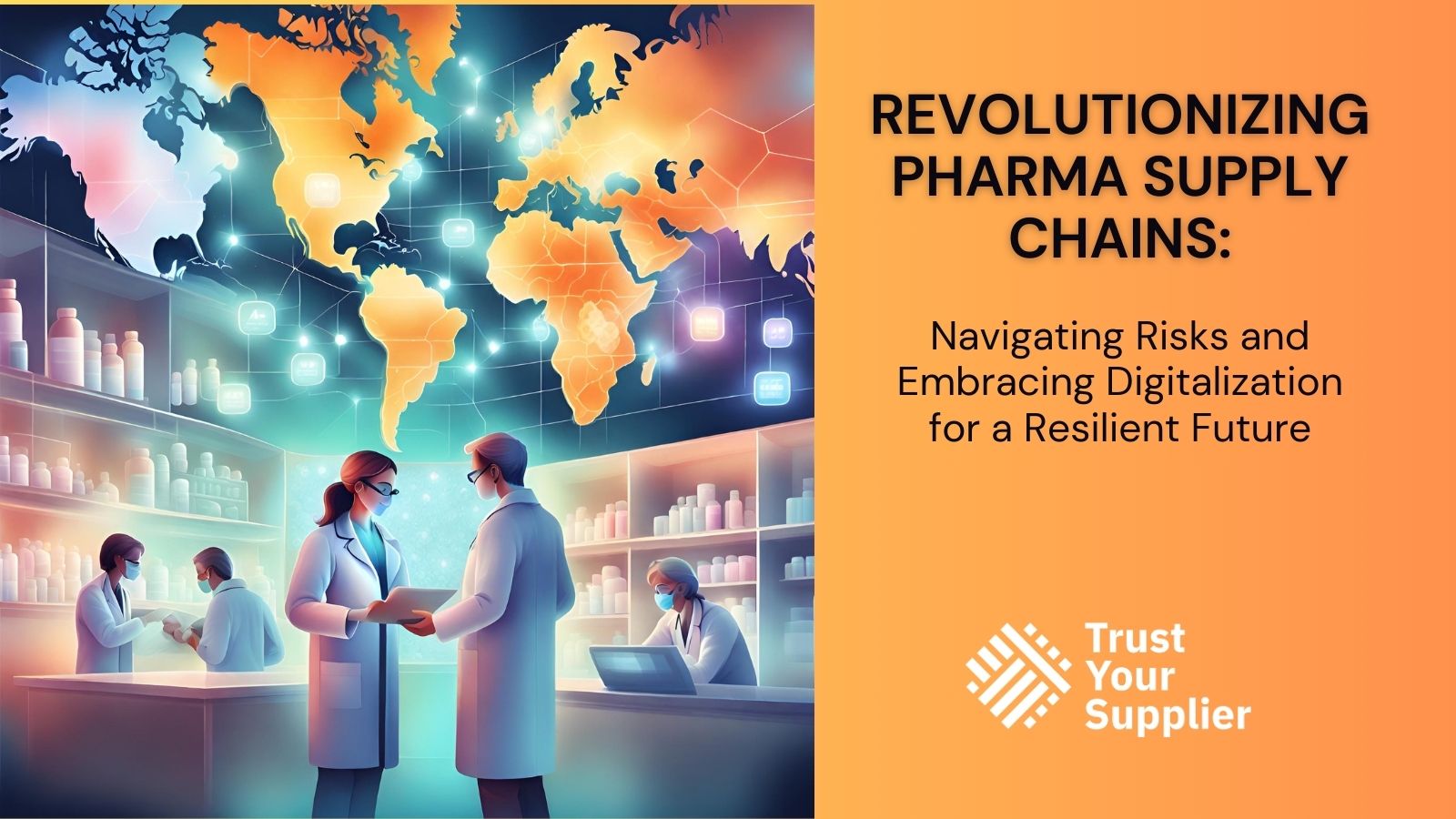

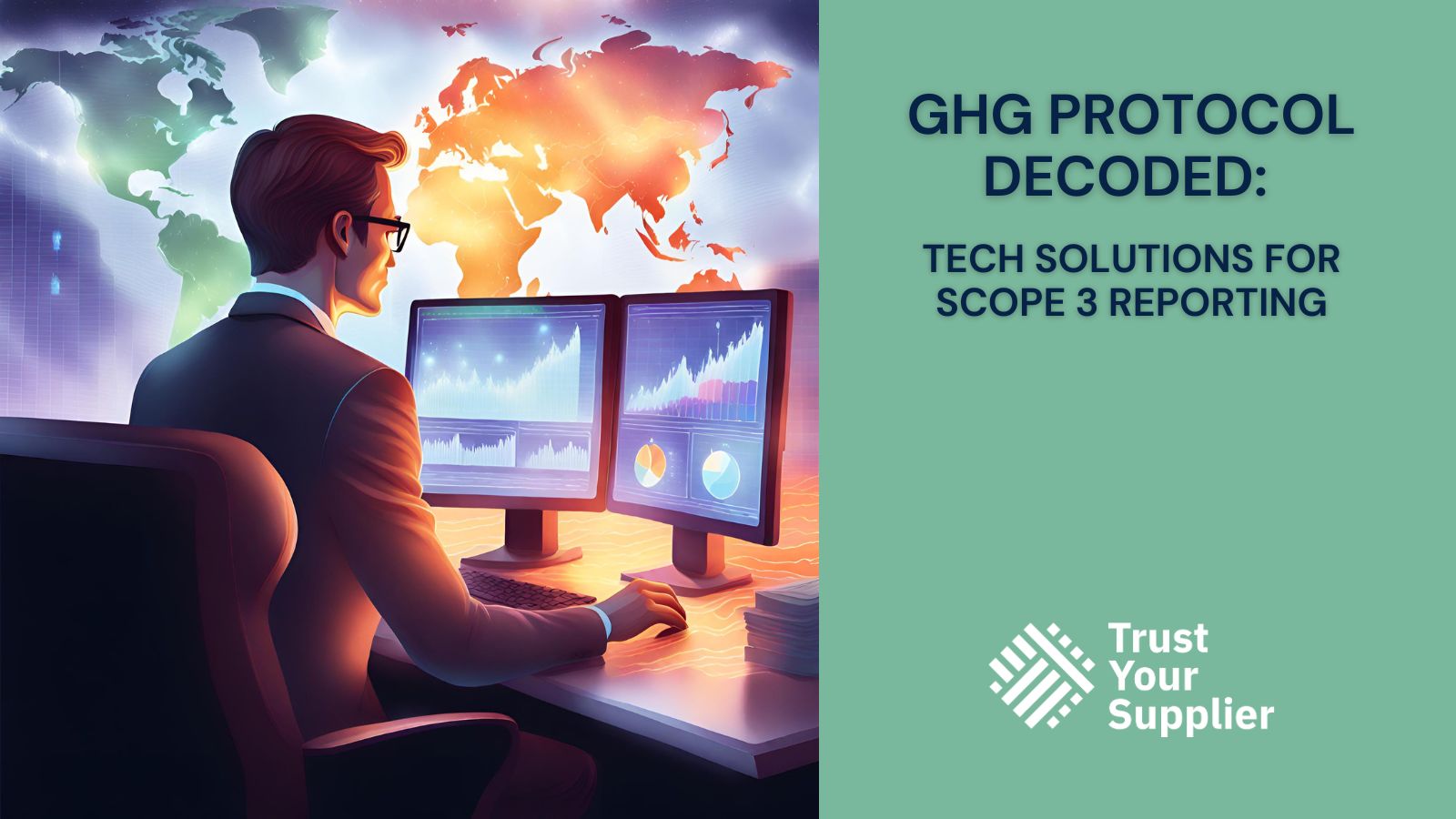
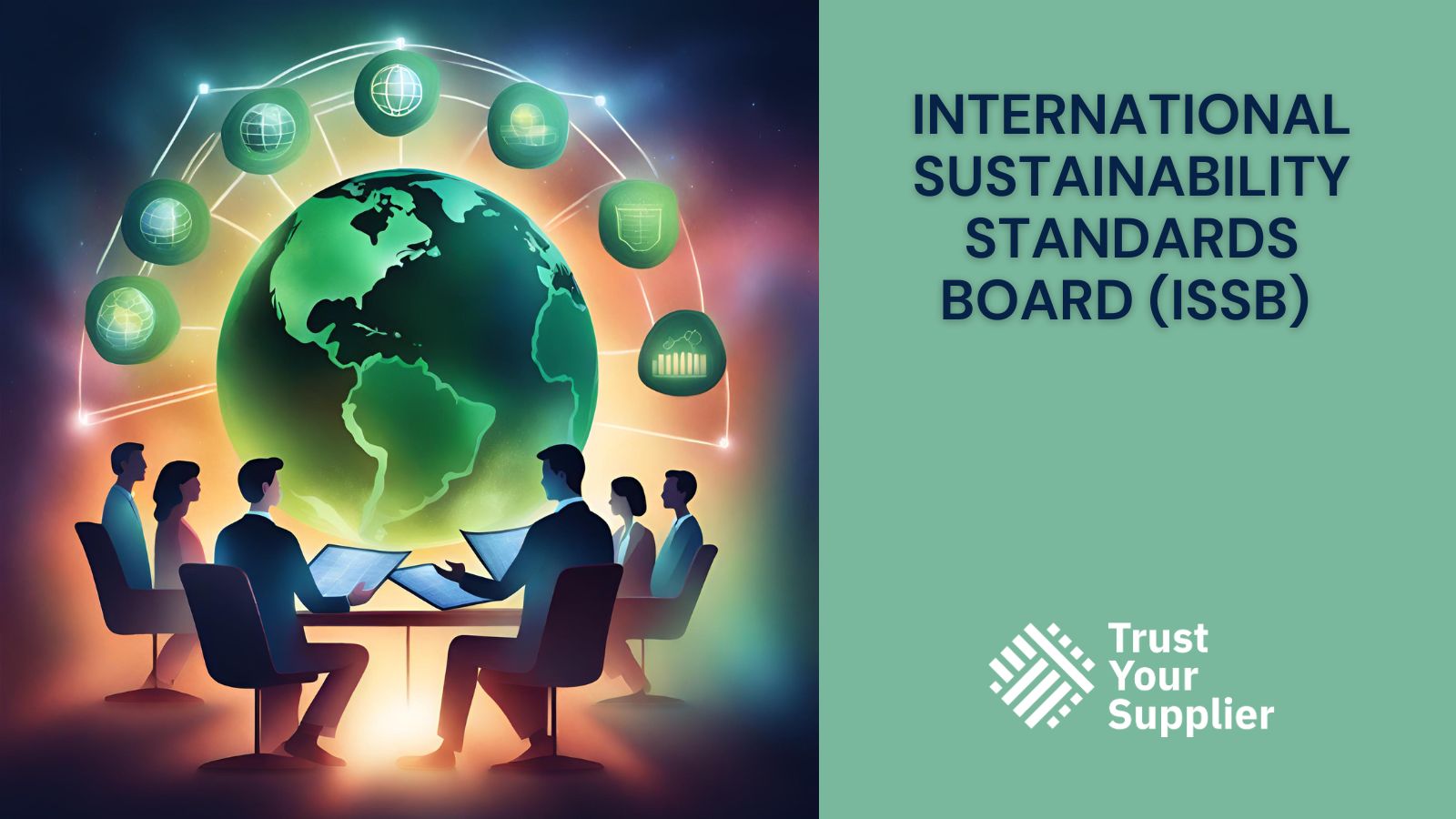
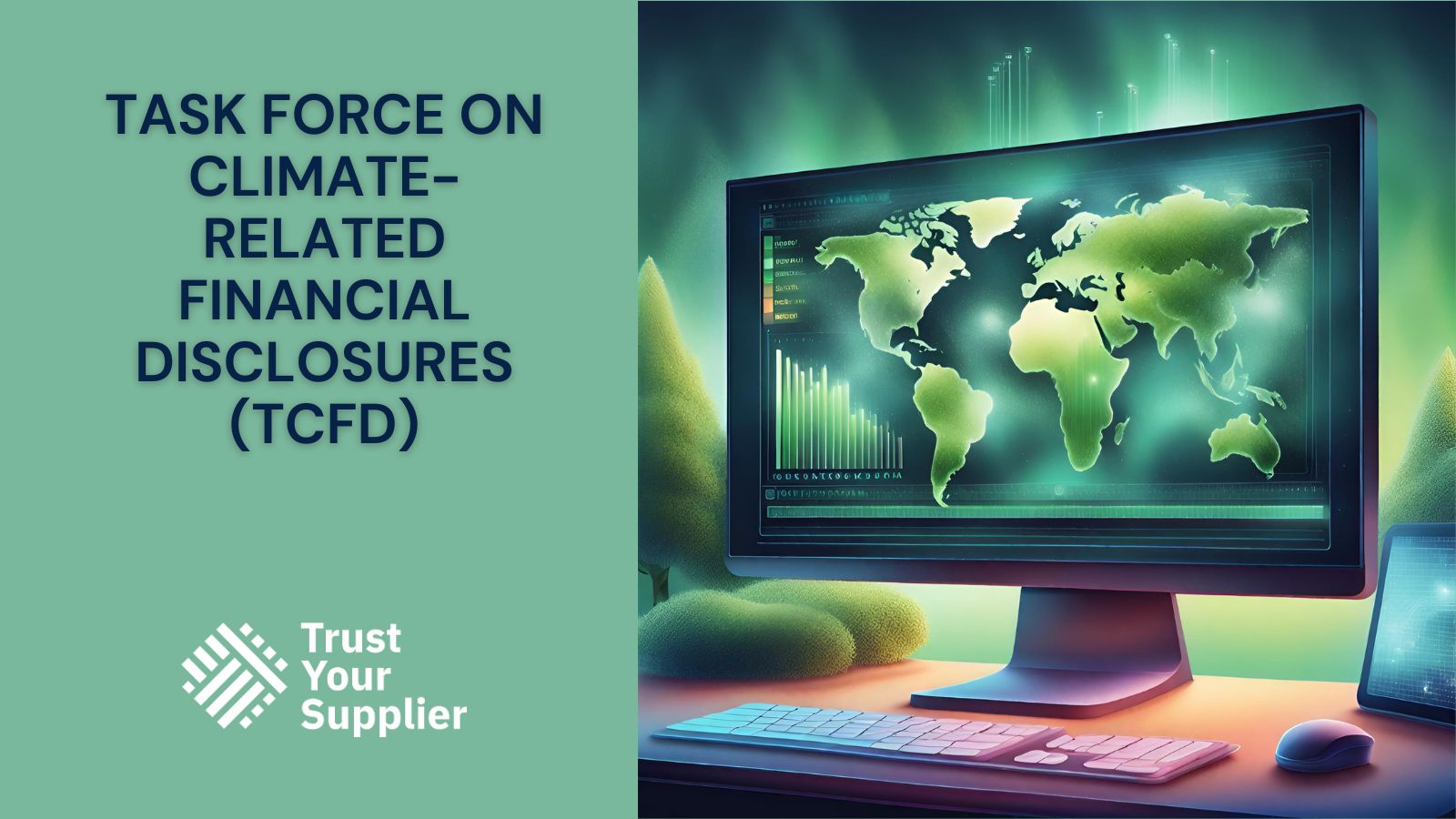


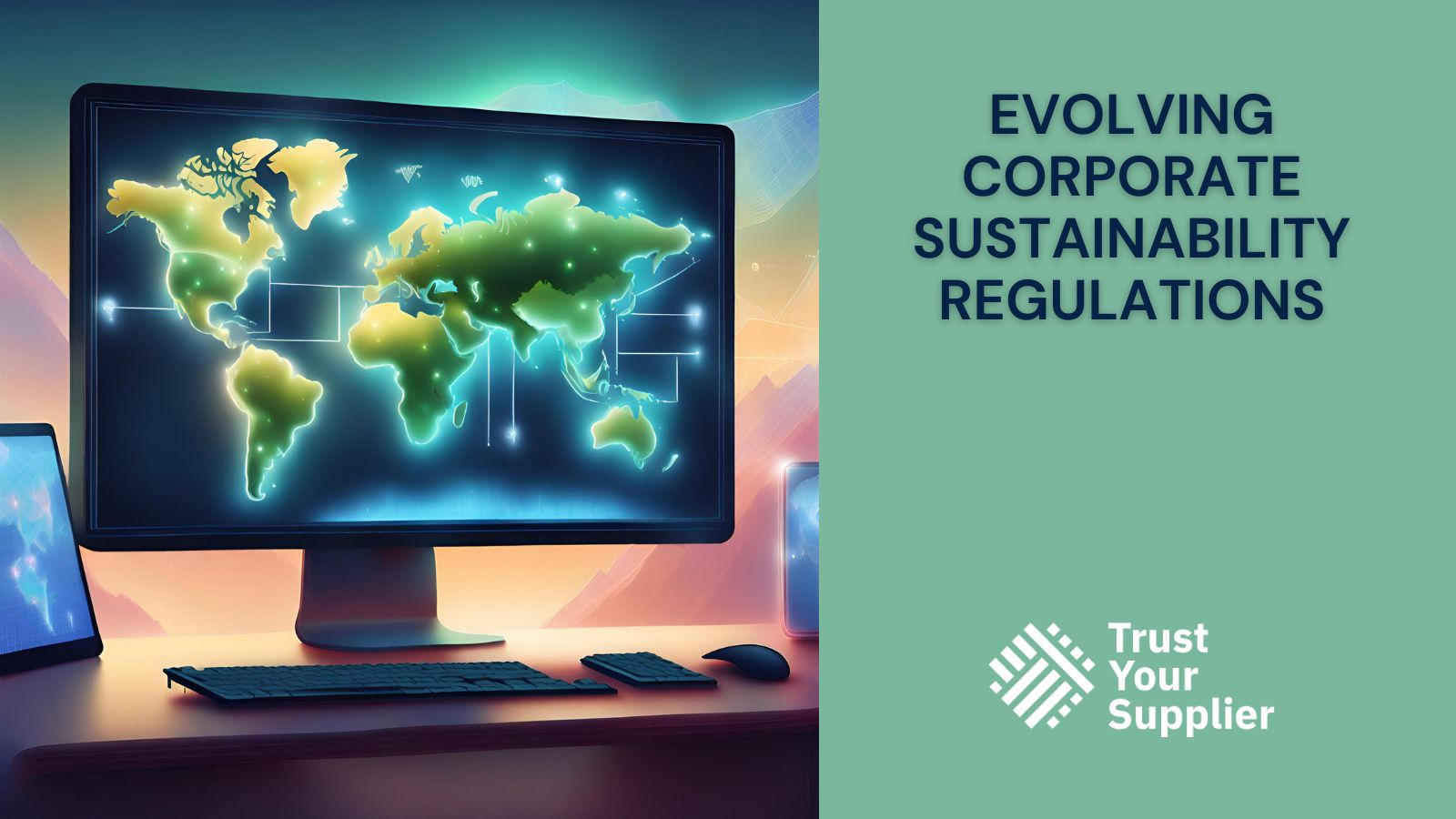
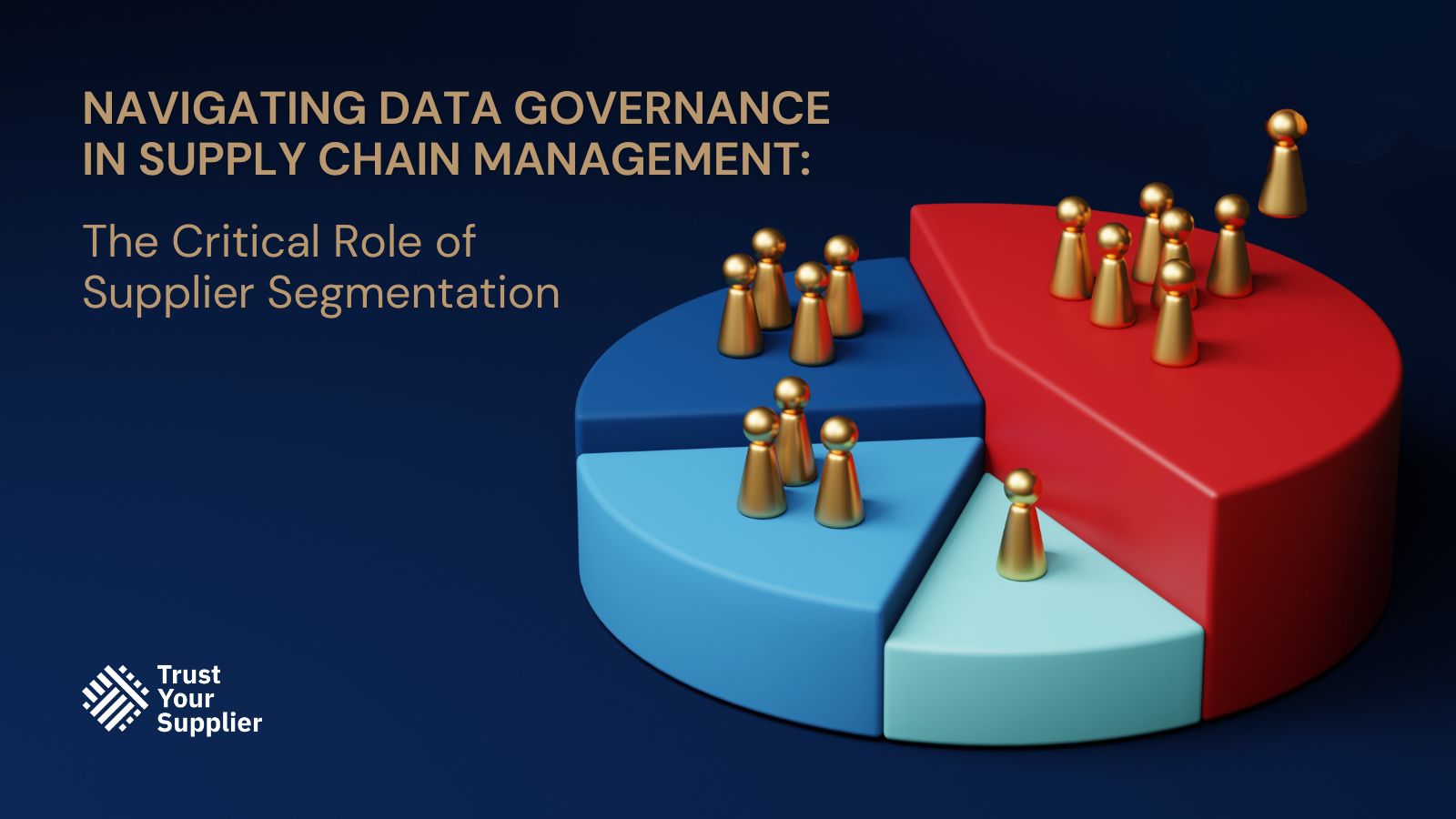

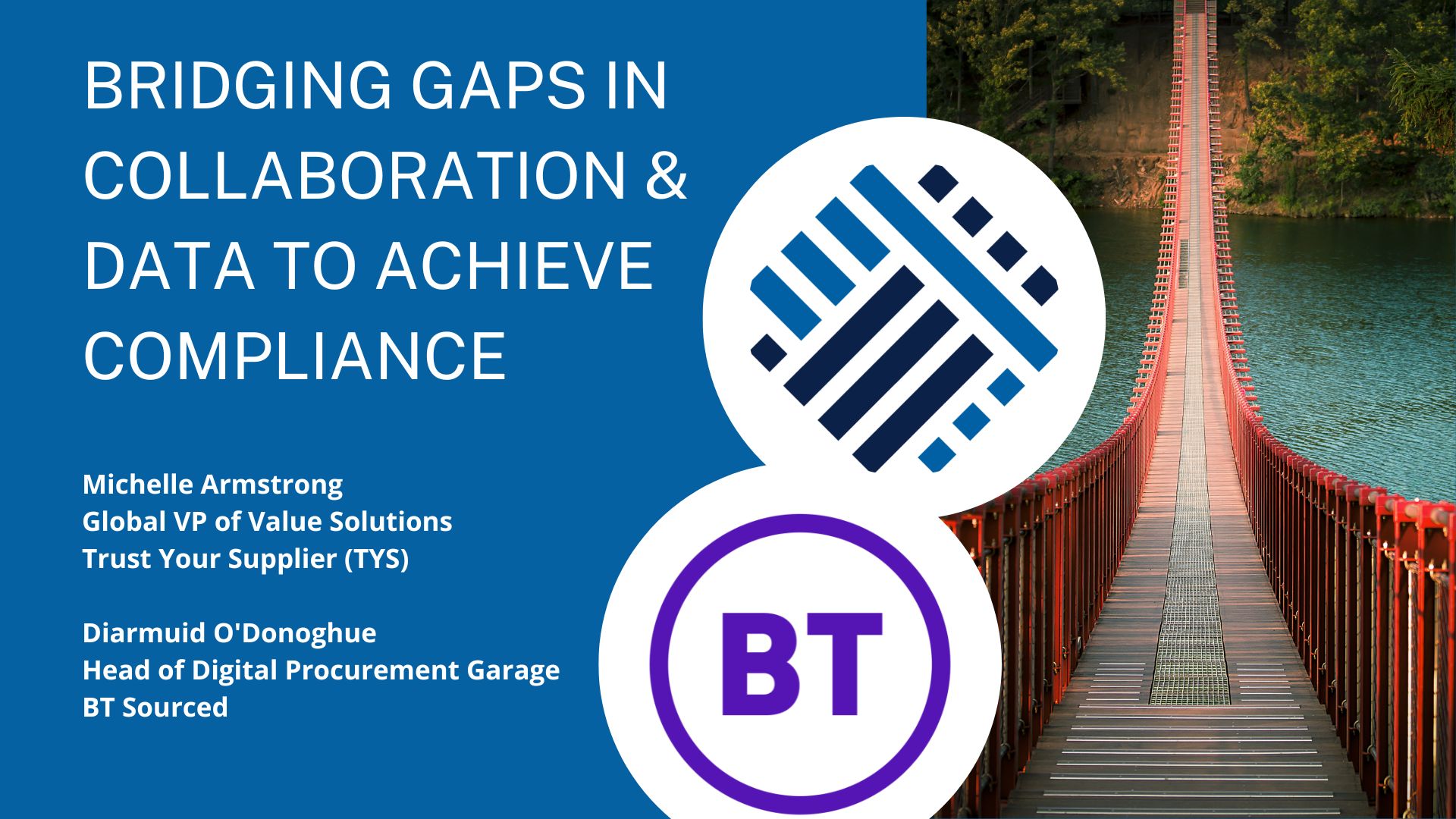
 In the dynamic landscape of digital procurement, the recent DPW Amsterdam 2023 conference featured a thought-provoking panel discussion hosted by Michelle Armstrong, the Global VP of Value Solutions for Trust Your Supplier (TYS). With participants including Diarmuid O’Donoghue, Head of Digital Procurement Garage at BT Sourced, and Dr. Elouise Epstein, a Partner at Kearney, the discussion provided valuable insights into the evolving realm of procurement and the role of blockchain in its future.
In the dynamic landscape of digital procurement, the recent DPW Amsterdam 2023 conference featured a thought-provoking panel discussion hosted by Michelle Armstrong, the Global VP of Value Solutions for Trust Your Supplier (TYS). With participants including Diarmuid O’Donoghue, Head of Digital Procurement Garage at BT Sourced, and Dr. Elouise Epstein, a Partner at Kearney, the discussion provided valuable insights into the evolving realm of procurement and the role of blockchain in its future.

